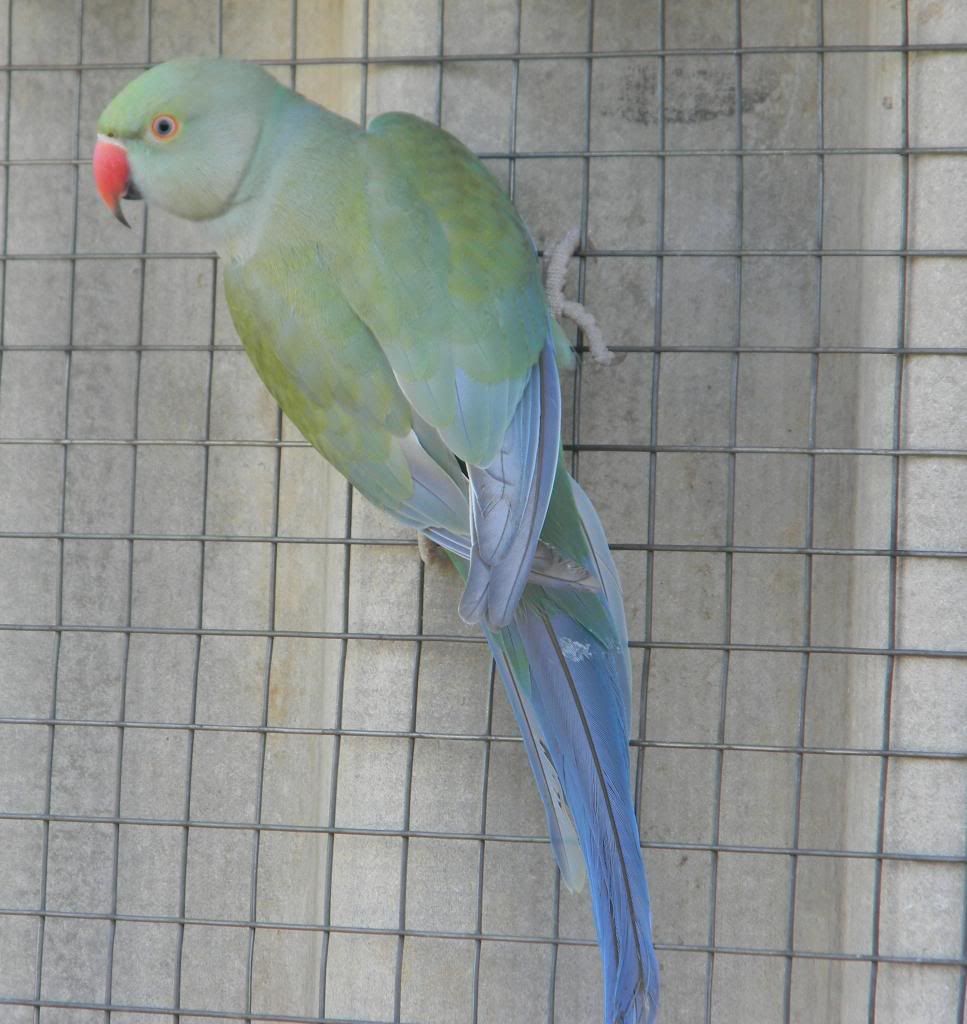madas wrote:
SL Edged females are lighter then SL Edged (ef) males. This is caused by the sexlinked dominant inheritence. EF males look like an intermediate phenotyp between SL Edged female and normal green. The DF Expression is only possible in males because they are carrying two Z-Chromosoms and females only one. The DF male version is the Counterpart to the SL Edged female.
Hi Madas,
According to your description the SL Edged mutation is not a dominant sex linked mutation but an incomplete dominant sex linked mutation, since the heterozygous male phenotype is different than either the phenotype of the homozygous male or of the hemizygous female.
In this situation (incomplete dominant mutations) we could wander how this mutation acts: is it a partial inhibitory mechanism or is it a partial activatory mechanism? First let's look to what happens in parblues: we can conclude that parblues in IRN act through a partial activatory mechanism in the synthesis of psittacines because homozygous parblues (Turquoise, Indigo, ...) show more psittacin than the heterozygous parblues (TurquoiseBlue, IndigoBlue, ...).
What happens in SL edged mutations? the "intensity" of the mutation is similar in the homozygous bird (analogy with the homozygous parblue) than in the females (analogy with the heterozygous parblue which only shows one active allele, since blue is a null mutation). In this situation we could speculate that the SL mutation acts through a partial inhibitory mechanism so that both alleles must be mutated in the male to inhibit as far as one single allele does in the female. If it was a partial activatory mechanism the intensity of the mutation should have been higher in the female than in the male, which should have shown a phenotype closer to the wild type through the cumulative effect of both mutated alleles (similar to the phenotype of homozygous parblue which is closer to the phenotype of the wild type... they show more psittacine). In the latter situation the "intensity" of the mutation would have been: females > homozygous males > heterozygous males > wild birds
Regards
Recio






